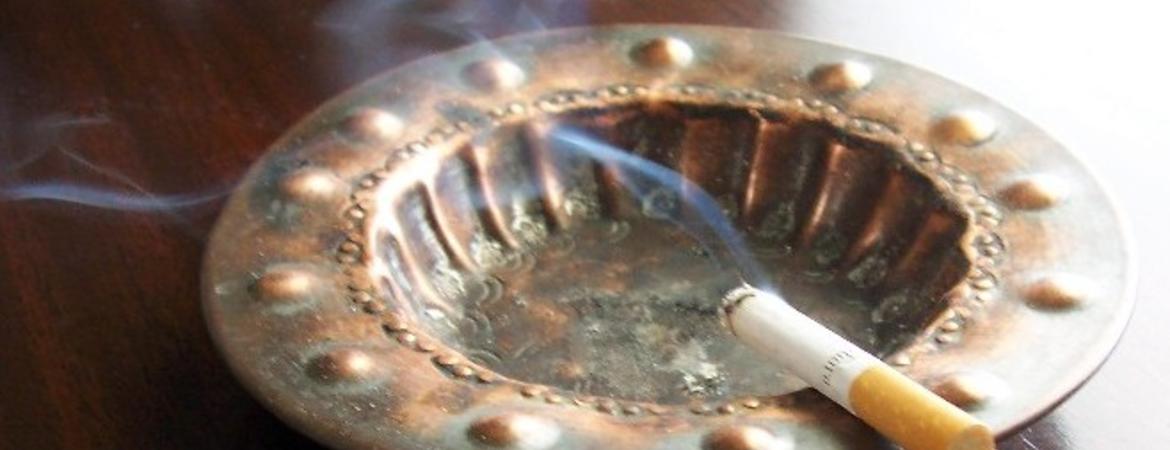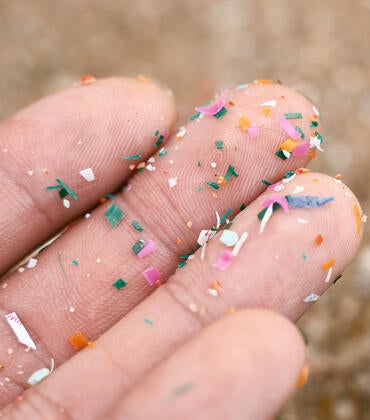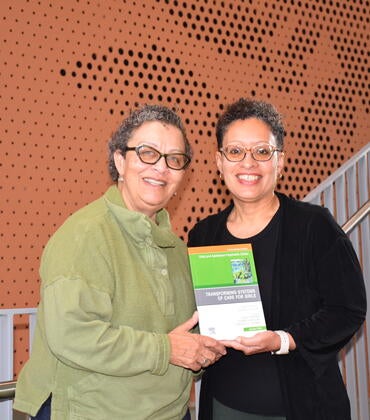
A study led by scientists at the University of California, Riverside, has found chemicals in thirdhand smoke, or THS, get extracted more readily from household fabrics in a humid environment than in a dry one.
“This could have implications for human exposure to THS chemicals in areas where there is high humidity,” said Prue Talbot, a professor of cell biology at UCR, who led the study published in the International Journal of Environmental Research and Public Health. “Our work shows that people living in humid environments, such as Florida, will receive greater THS exposure than those living in dry environments.”
To rapidly cross-compare THS concentrations from different samples, labs, and environments, the researchers developed a simple method based on autofluorescence — the natural emission of light — of tobacco tar and total particulate matter in smoke. The method, which can be used to evaluate changes in the THS content of common household fabrics, showed the removal of THS from indoor environments also depends on a number of factors such as the type of household fabric and the chemicals in THS.
THS is created when exhaled smoke and smoke emanating from the tip of burning cigarettes settles on surfaces such as clothing, hair, furniture, and cars. Not strictly smoke, THS refers to the residues left behind by smoking. Children and toddlers are particularly vulnerable to THS due to their low body mass and frequent contact with indoor surfaces. Nicotine is a major component of THS.
“We introduced a rapid method to assess THS contaminants in household fabrics such as cotton, terry cloth, polyester, and wool,” said Giovanna L. Pozuelos, the first author of the study and a graduate student in Talbot’s lab. “Until now, there was no rapid method for making such comparisons. Absorption and extraction of THS chemicals depend on the chemical of interest, the fabric it has absorbed to, the temperature of extraction, and the ambient humidity during sorption. All these factors affect human exposure to THS.”
The authors argue that understanding the dynamics of THS in fabrics can guide appropriate remediation policies to protect humans from exposure. Their findings, they add, can help develop more effective remediation methods for THS contaminated environments.
Pozuelos explained that THS chemicals absorbed by polyester tend to bind tightly and cannot be easily extracted under dry conditions.
“Under humid conditions, however, THS becomes more extractable from polyester,” she said. “Our experiments also showed that cotton and terry cloth released higher concentrations of nicotine than polyester and wool carpet.”
The new method relies on the use of a fluorescence spectrophotometer, which the authors note is easy to operate, requires no special training, can perform analysis in minutes, and is inexpensive. They note, too, that most labs can easily adapt the autofluorescence method with minimal expense.
Next, the team plans to examine the concentration of chemicals in THS in different field sites such as homes and casinos; and determine the ease with which these chemicals can be removed from these fabrics.
Talbot and Pozuelos were joined in the research by Peyton Jacob III and Suzaynn F. Schick at UC San Francisco; and Esther E. Omaiye at UCR.
The research was funded by a grant to Talbot from the Tobacco-Related Disease Research Program of California. Pozuelos was supported in part by a dean’s fellowship from the UCR Graduate Division.
The research paper is titled "Adhesion and Removal of Thirdhand Smoke from Indoor Fabrics: A Method for Rapid Assessment and Identification of Chemical Repositories."





